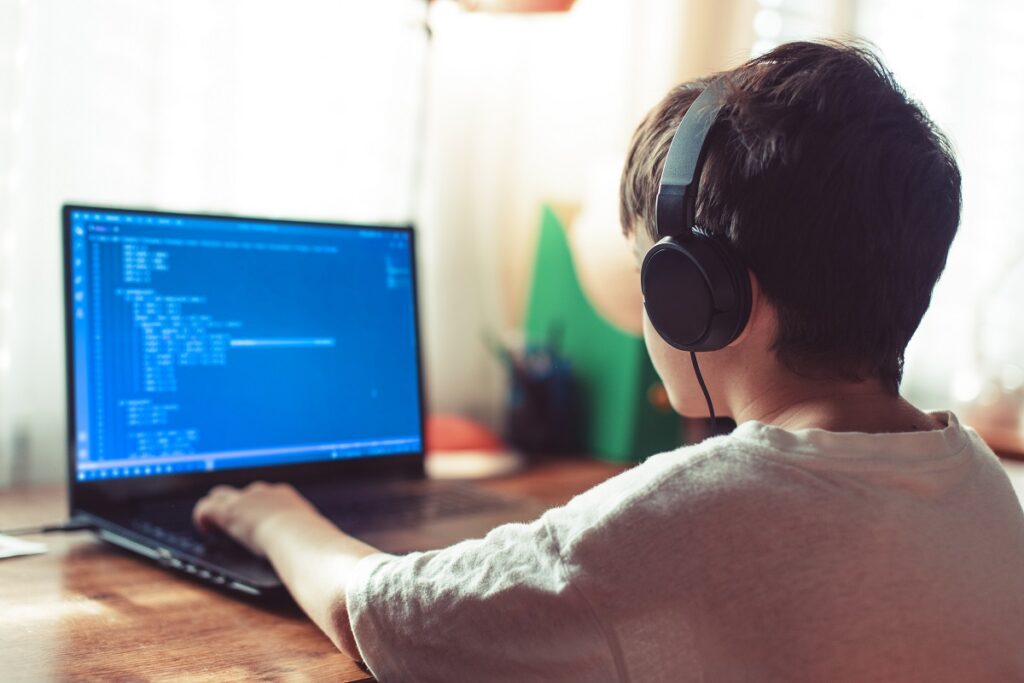In today’s digital age, coding has become an essential skill for children. Teaching kids to code not only equips them with valuable problem-solving abilities but also prepares them for a future dominated by technology. Several articles have explored the concept of coding for kids, shedding light on its importance and how to explain it to children. In this comprehensive guide, we will delve deeper into the world of coding for kids, covering essential aspects that these articles may have missed.
What is Coding for Kids?
Coding for kids, often referred to as computer programming, is the process of giving instructions to a computer to perform specific tasks. It involves writing a series of commands or code that a computer can understand and execute. However, coding for kids is not just about writing lines of code; it’s a creative and problem-solving endeavor that can be both fun and educational.
Beyond the basics mentioned in the articles, it’s important to emphasize that coding is not just for tech-savvy kids. Coding can benefit children of all backgrounds and interests. It encourages logical thinking, creativity, and perseverance while fostering a deeper understanding of technology.
The Benefits of Coding for Kids

While the articles discuss the advantages of coding for children, let’s expand on a few points:
- Critical Thinking: Coding encourages kids to think critically and analytically. It teaches them to break down complex problems into smaller, manageable steps—a valuable skill for tackling real-world challenges.
- Creativity: Coding allows kids to unleash their creativity. They can create their own digital art, games, and interactive stories, combining logic with imagination.
- Future-Ready Skills: In an increasingly tech-driven world, coding skills are highly sought after by employers. Teaching kids to code early on gives them a competitive edge in the job market.
- Collaboration: Coding often involves working in teams on projects. It teaches kids how to collaborate, communicate, and share ideas effectively.
How to Explain Coding to Kids
Explaining coding to kids can be challenging, but it’s crucial to make it accessible and engaging. In addition to the strategies provided in the articles, consider these approaches:
- Analogies: Use simple analogies to relate coding to familiar activities. For instance, compare coding to giving directions to a friend, where each step is like a line of code.
- Hands-On Activities: Engage kids in hands-on coding activities using visual programming languages like Scratch or Blockly. These platforms offer a playful and interactive way to introduce coding concepts.
- Real-World Examples: Show kids how coding impacts their daily lives, from video games and mobile apps to smart devices and websites.
- Problem-Solving Challenges: Present coding as a way to solve puzzles and challenges. Kids love to conquer challenges, and coding provides endless opportunities for problem-solving.
Choosing the Right Resources
Selecting the right resources is crucial when introducing coding to kids. In addition to the recommendations in the articles, consider the following:
- Online Coding Courses: There are numerous online platforms, like Code.org, Khan Academy, and Tynker, that offer coding courses tailored to different age groups and skill levels.
- Coding Toys: Explore coding toys and robotics kits that make learning to code a hands-on and enjoyable experience.
- Coding Books: There are many coding books designed for children, such as “Hello Ruby” by Linda Liukas and “Coding Projects in Scratch” by DK.
- Coding Camps and Workshops: Look for local coding camps or workshops that provide immersive learning experiences and opportunities for social interaction.
____________________________________________________________________
Coding for kids is an empowering and future-proof skill that can open doors to exciting opportunities. While the articles mentioned earlier offer valuable insights into the world of coding for children, this comprehensive guide aims to provide a deeper understanding of the subject, emphasizing its numerous benefits and practical approaches for teaching it to kids. By nurturing coding skills in our children, we not only prepare them for the digital era but also foster their creativity and problem-solving abilities, setting them on a path to success in the 21st century.
